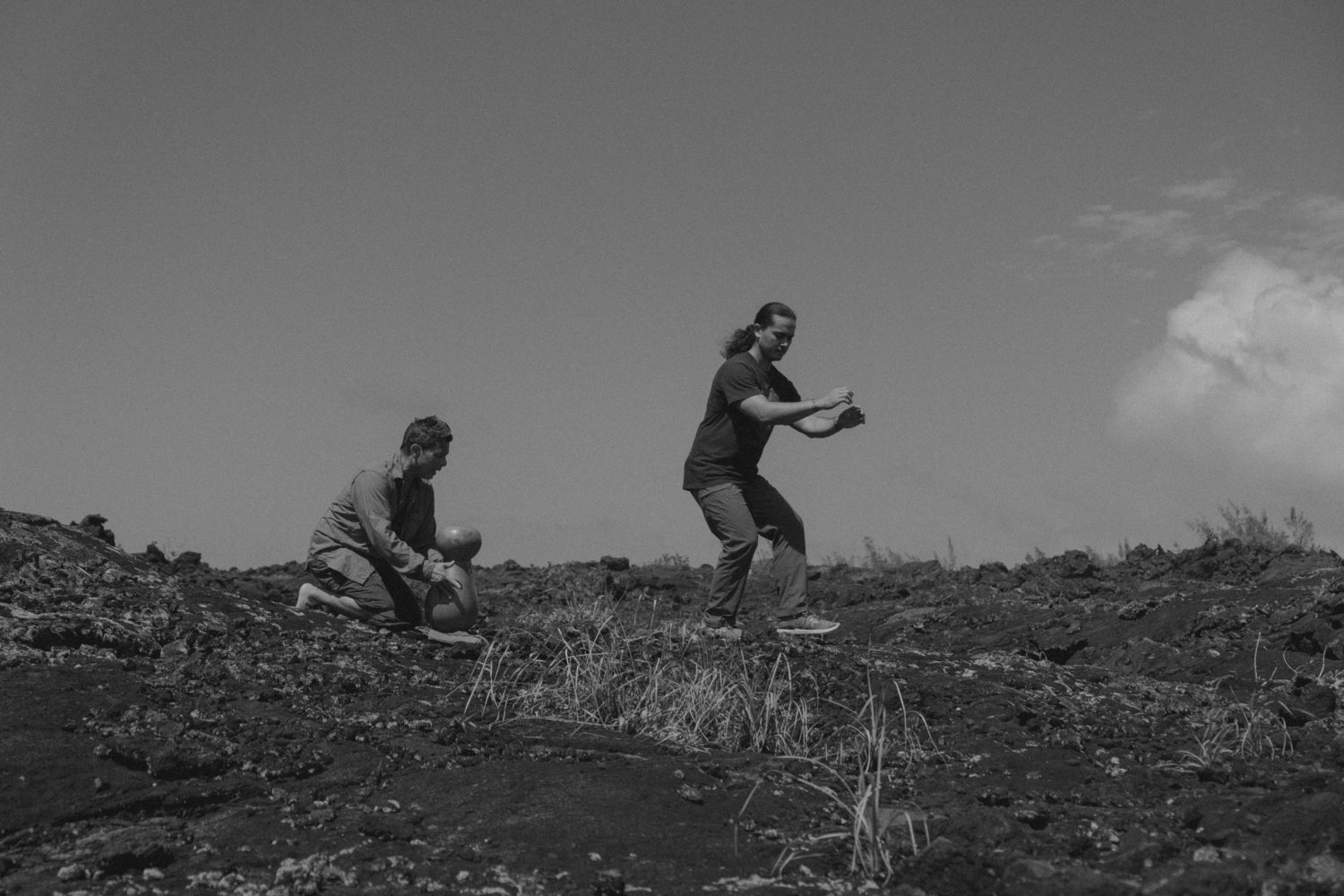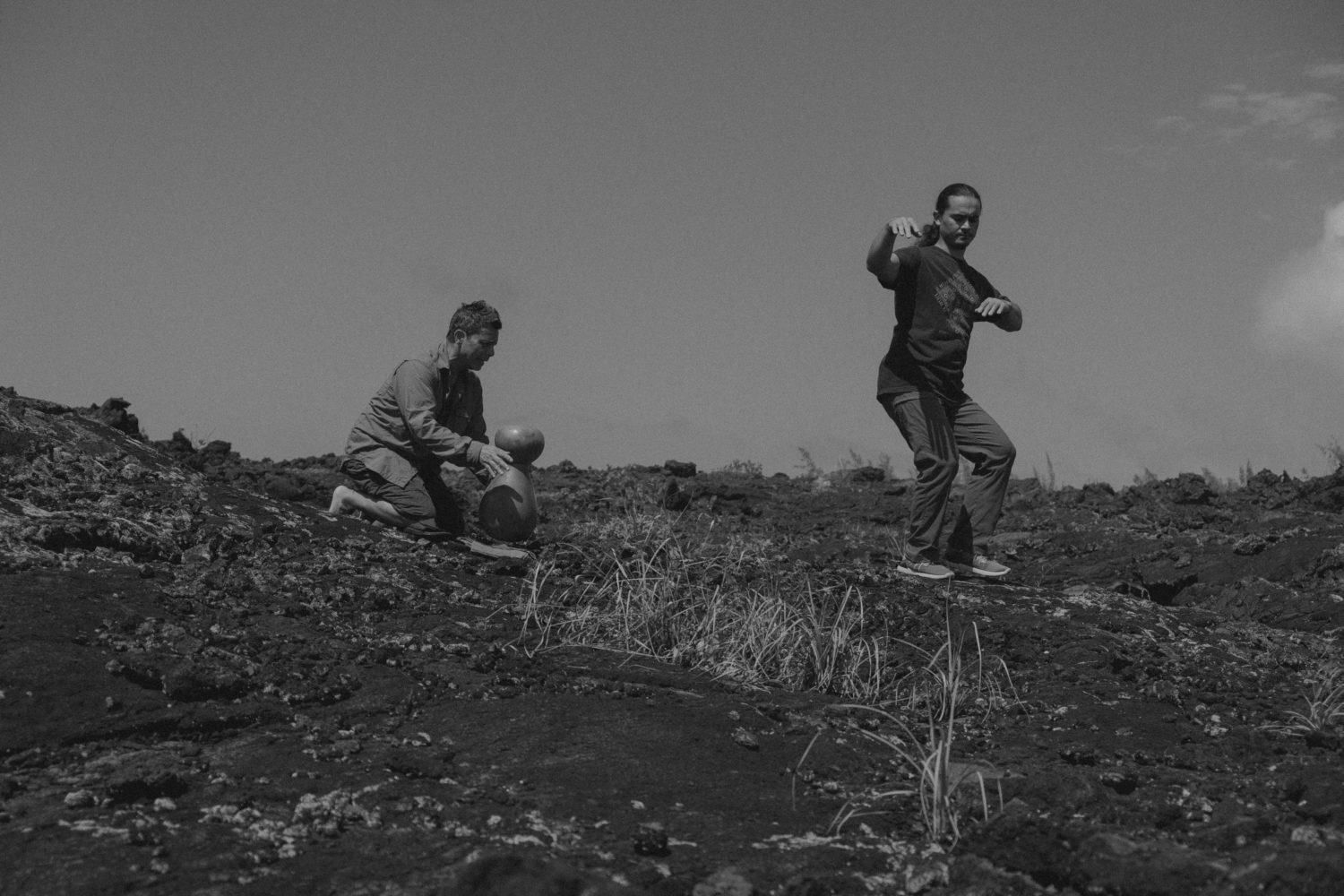E heluhelu ma ka ʻōlelo Hawaiʻi (Read in Hawaiian)
Hawaiʻi’s archives house incredible linguistic and cultural heritage and knowledge. Given the level of access in our digital age, how do we define protocols that ensure appropriate interfacing with these invaluable resources?
Images by Keatan Kamakaiwi
Edited by N. Ha‘alilio Solomon
English translation by Frank E. Kaʻiuokalani Damas
Mary Kawena Pukui is a household name in regards to Hawaiian language, culture, and traditions; without her, Hawaiian knowledge in general would not be where it is today. Although she is known for her various publications that Hawaiians still use today, I would like to bring light to the foundation of her knowledge, which we sometimes flaunt in our quest to revitalize and reinvigorate our Hawaiian identities. Many have probably used the Hawaiian Dictionary she co-authored with Samuel Elbert, which has become a cornerstone of the language movement, but few might recognize the sound of her voice if they heard it. Even fewer have heard the voices of the kūpuna who provided the insights and knowledge that lead to the creation of the dictionary.
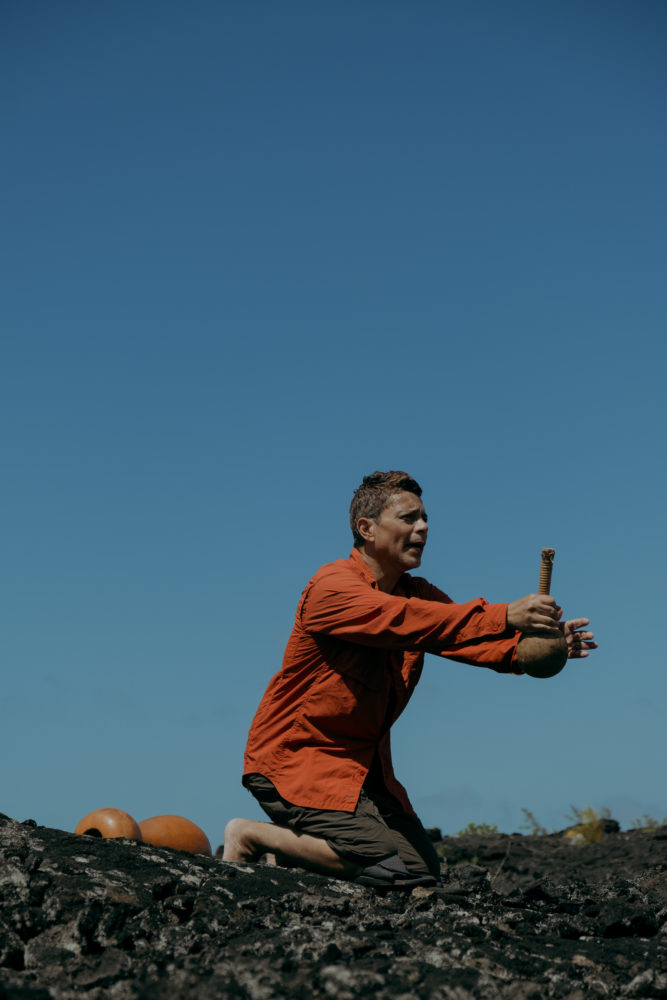

Pukui was a proud, cherished staff member of the Bernice Pauahi Bishop Museum for more than 50 years, where much of her work still lives in the museum’s archives, including a collection of over 850 hours of audio files and interviews with other native speakers of ʻōlelo Hawaiʻi. Although times have changed, and the digital age expedites the instant exchange of information, museum goers must still physically visit the archives to hear these recordings and sit at designated listening stations, only two of which provide access to these recordings. I find this collection of interviews unrivaled by any other Hawaiian audio collection in its knowledge about cultural, land, and language. Most of the interviewees were born toward the end of the 19th century, meaning they lived through a world filled with much more Hawaiian language and cultural literacy than those growing up in the 20th century did. Many of the speakers grew up speaking Hawaiian at home, some spoke it at school, out with friends, and at work. It was still a Hawaiian-speaking Hawaiʻi.
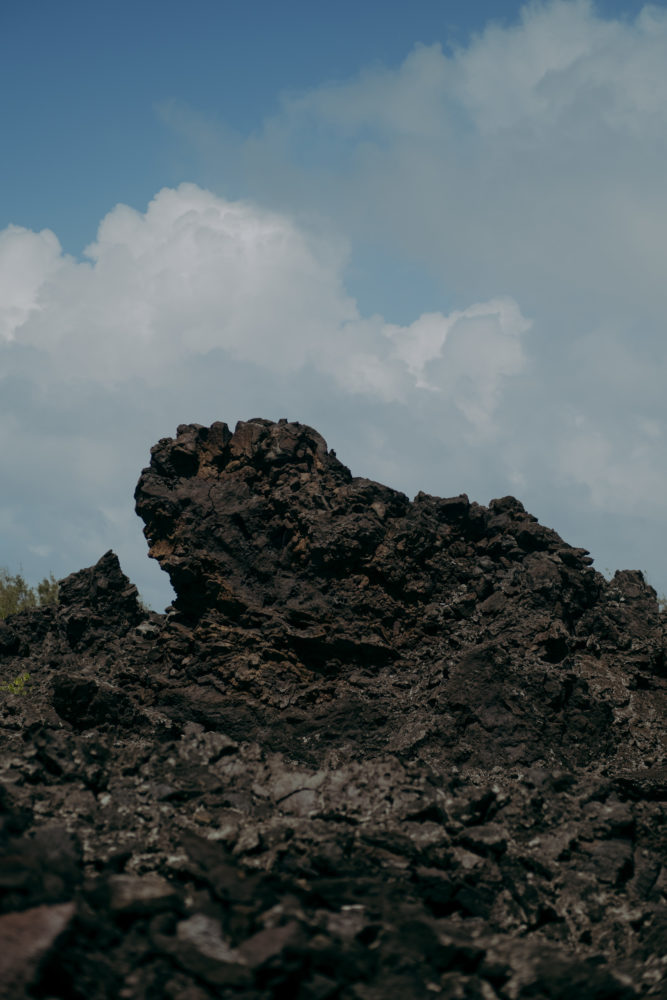
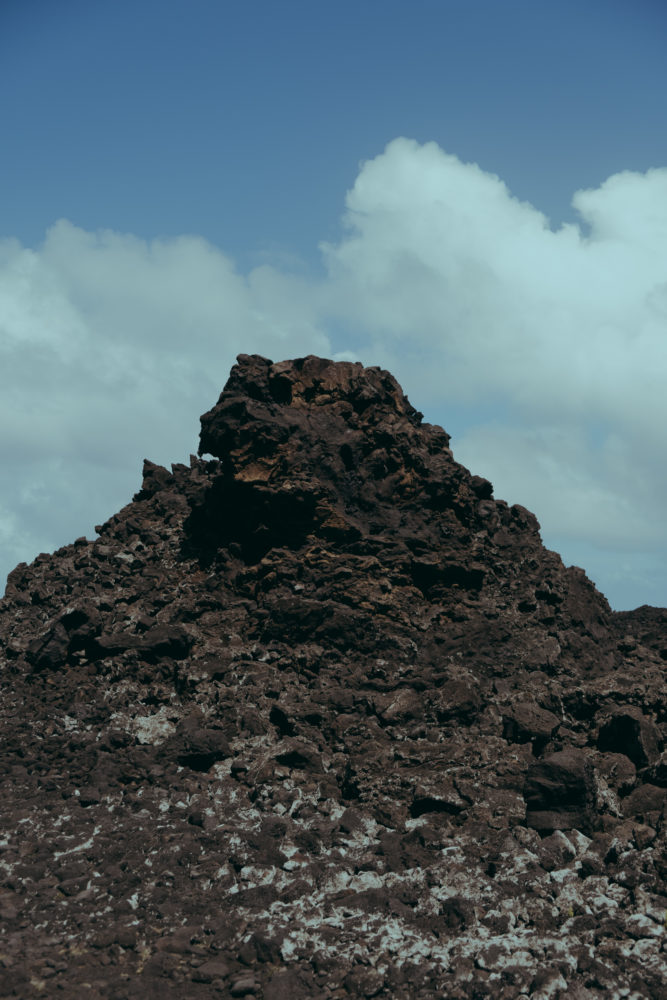
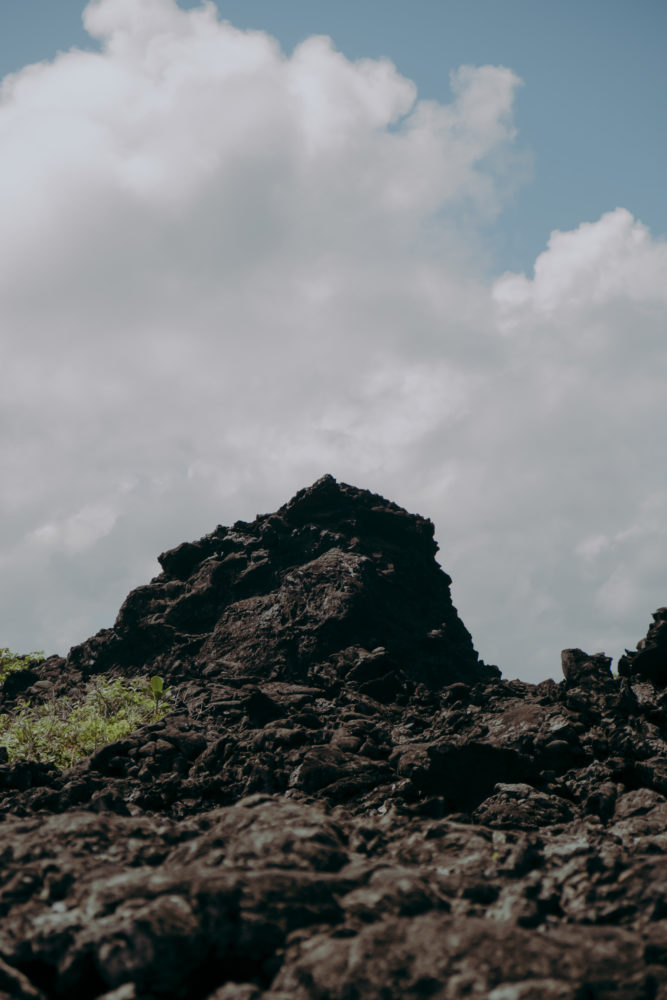
One example of the value found in these recordings is revealed in the Hawaiian nomenclature discussed in an interview Pukui conducted with Joseph Kealiʻikūikamoku ʻĪlālāʻole. A native of “ka ʻalā paʻa o Kaueleau,” ʻĪlālāʻole was an immense knowledge base and one of Pukui’s most notable hula teachers. He sounded comfortable as he spoke with her on various topics with a certain candor. He was also well informed about skills and knowledge beyond hula, such as kapa making and dying, Hawaiian medicine, Hawaiian quilt designs and sewing, lei making, lau hala weaving, and so much more. Pukui’s focus in these interviews, however, is on traditional place names in Puna, Hawaiʻi, as well as stories about their meanings. Pukui’s interest here stems from her realization that these stories should be documented, lest—minamina o nalowale—it all be lost.
As their conversation traveled throughout Puna of the Fragrant Bowers, ʻĪlālāʻole recalled several place names and stories for which those places are named (pana ʻāina). One place name, Honolulu, stood out in particular, for its associations with Oʻahu and prevailing reputation as the capital city. Unexpectedly, however, the name is memorialized in song in a different context:
Aia i Honolulu kuʻu pōhaku, (My stone is at Honolulu,)
ʻO Keʻalohilani kuʻu haku ia. (And Keʻalohilani is my liege.)
These place names are still in use today, but ʻĪlālāʻole remembers the story behind them. Keʻalohilani was the man, and Honolulu, his wife. True to character, Pele felt jealous, so she sent her lava to turn these two to stone, which is how they have remained since. As ʻĪlālāʻole tells it, Keʻalohilani and Honolulu, near the area of Nānāwale, are just two of many kupua in the Puna area whom Pele petrified in a fit of envy.
At this point in their conversation, Pukui and ʻĪlālāʻole move on to Kalapana, famed in old song and lore. At this point, they disagree on the location of some coconut trees, one of which is recalled in the epithet, “ka niu moe o Kalapana,” the supine coconut palm of Kalapana. Pukui insists that a woman named Māmā Keake took her to the area, and the niu moe were completely grown over and now within the boundaries of a grove of hala trees. Adamantly, ʻĪlālāʻole refuses. “That’s not right,” he says, “the actual trees for which the saying was coined are outside of the grove.” They argue for a while, then ʻĪlālāʻole eventually relents, perhaps having realized that the land may have changed in the years since he moved to his new home, in “Aia i Honolulu Kuʻu Lei Hōkū.”
This interview may be the only source where all of Kumukahi’s wives are noted, and the function of their stones explained. Other sources, however, may reference this moʻolelo in piecemeal fashion.

This dialogic journey continues as they verify place names, their spellings and pronunciations, and their appending stories. By this point, the listener is surely longing to follow along on the same map the two speakers are forging, or better yet, to visit these storied places: the hula temple of ʻĪmakakōloa above Hīlea Uka, the dense stones in Kaueleau, Kanane, on to Pohoiki, one of the most picturesque areas of the land; the waters of Kawaiakeakua in ʻOpihikao; Malama, where you hear the people shouting, “Kēlā kē, kēia kē; kēlā kē, kēia kē; a lele!” as they threw their ti leaves against the updraft in a crater to see who would win in a game called hoʻolele kē; Waiʻākōlea, now lost to the sea, and so many more.
As our tour guides reach the easternmost point of our islands, Kumukahi, Pukui asks ʻĪlālāʻole about the wives of Kumukahi, remembered in the lines of a famous hula:
E hoʻoipo ana me Haʻehaʻe, (There romancing with Haʻehaʻe,)
Me nā wāhine noho kahakai. (With the wives residing along the shore.)
Pukui’s kumu goes on to name four of Kumukahi’s wives: Haʻehaʻe, Makanoni (also heard as Makānoni or Makaʻānoni in the recording), Pāʻūpōʻulu, and Wainonoʻula. According to other locals, Kumukahi’s fifth wife is Hanakaulua. These wives are stones that, according to the Kaueleau native, were used to track the movements of the sun and where it would rise. The sunrise would gravitate as far as Wainonoʻula, then turn back until it rose at Kumukahi and Pāʻūpōʻulu.
This interview may be the only source where all of Kumukahi’s wives are noted, and the function of their stones explained. Other sources, however, may reference this moʻolelo in piecemeal fashion. It may also survive in the memories of those who were taught by their family members, separate from published texts or other sources. We cannot imagine the amount of knowledge still waiting for us in our stories and our language.
Pukui’s interest here stems from her realization that these stories should be documented, lest—ʻminamina o nalowaleʻ—it all be lost.
These stories, and many more like it, are the result of the foresight of “ka wahine hoʻolaʻi me ka lei kukui,” Mary Kawena Pukui, “the contented woman adorned with kukui lei,” who made sure to record as much as she could. The recordings are there, waiting for us to find them, listen to them, to recover them. Some will say, though, that this knowledge is sacred, not to be accessed by everyone. Knowledge in old Hawaiʻi was not so freely given, left in a room for anyone and everyone to take as they saw fit. So, how should we navigate this? Here we are, living in a world where knowledge is largely unrestricted, attempting to grasp, save, and restore the wisdom and language that nearly slid into obscurity. Does removing restricted access to knowledge diminish our understanding of the importance of knowledge? If restricted access remains in place, will such knowledge exist solely on cassette reels, relegated to benign esotericism before slipping away permanently?
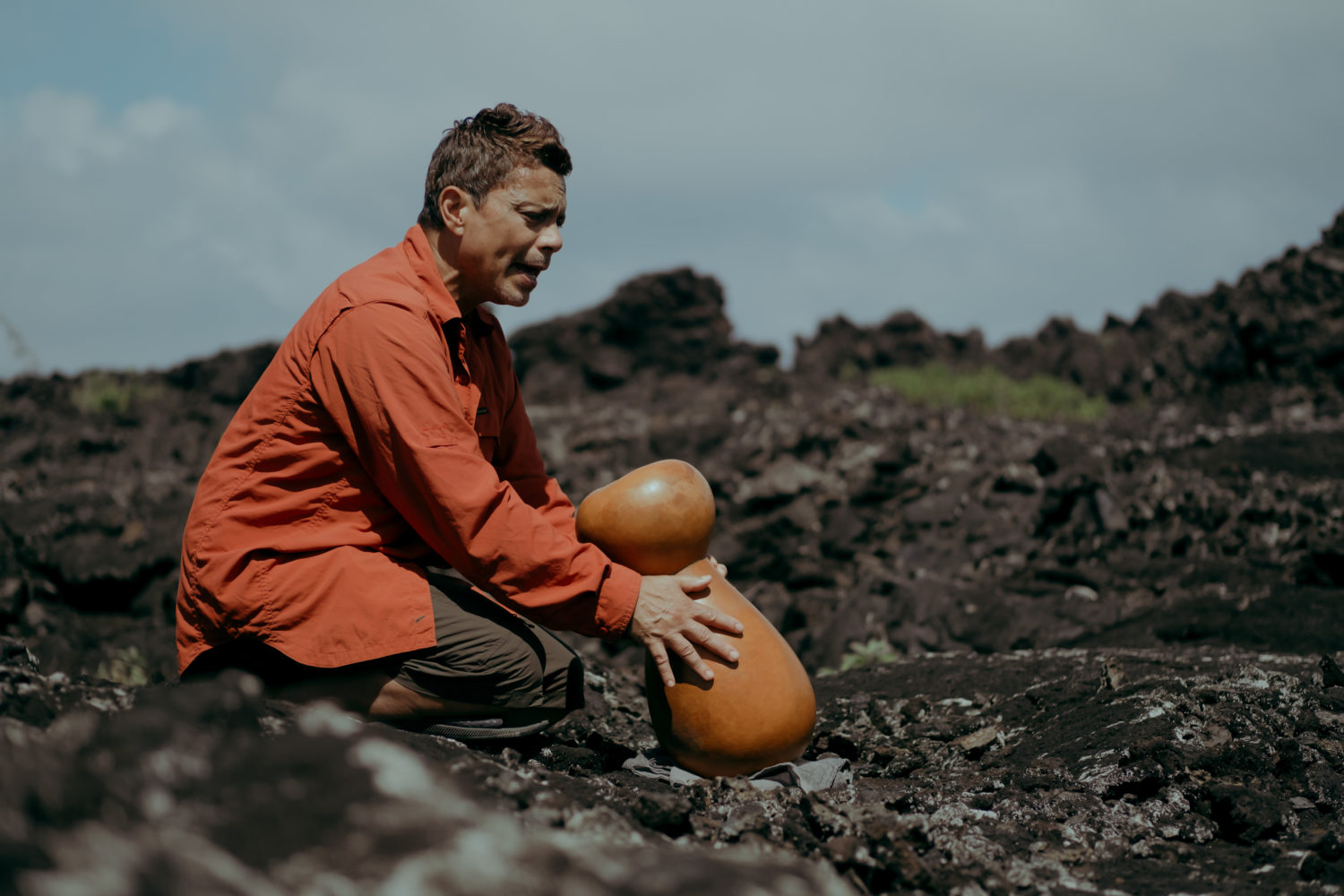
Dear friends who cherish Hawaiian knowledge, let us acknowledge that there is but one way forward: access to the knowledge that we so passionately seek must be granted. We cannot allow it to pass into the unknown. The pride we have in the progress the reclamation movement has made must match our commitment to continuing this work. All of this knowledge was documented and left so that it would not be lost. Only our collective efforts will ensure its future. Hawaiʻi can thrive, forever. Its fate lies with us.


